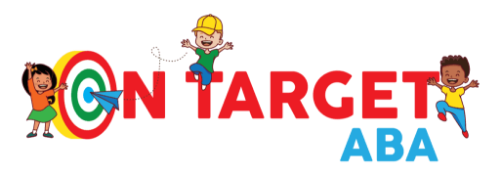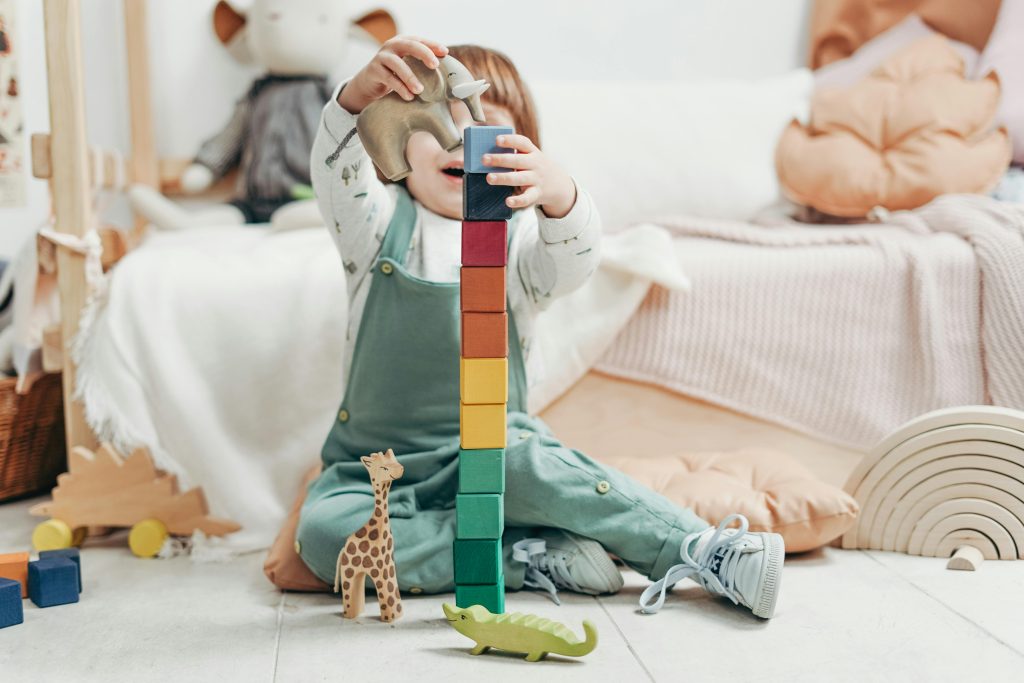🧠 AI Summary:
This article explains the difference between ABA therapy and speech therapy for autism, helping parents understand how each approach supports communication, behavior, and independence. While ABA focuses on behavior, learning, and life skills, speech therapy targets language and social communication. Parents will also learn how On Target ABA collaborates with speech professionals to help children thrive in every area of development.
Introduction: Two Paths to One Goal
As a parent, you want the very best for your child’s growth — especially when it comes to communication and behavior. If you’ve been researching support options, you’ve probably asked yourself:
💭 “What’s the difference between ABA vs speech therapy for autism?”
Both therapies can play an essential role in helping children develop communication, social, and self-regulation skills. The good news? You don’t have to choose one over the other.
At On Target ABA, we often collaborate with speech therapists to create an integrated plan that helps children learn, express themselves, and connect with others confidently. 🌈
What Is ABA Therapy?
Applied Behavior Analysis (ABA) is a science-backed approach that focuses on improving socially significant behaviors — like communication, play, and independence — through positive reinforcement and individualized instruction.
ABA helps children:
- Communicate needs and emotions effectively 🗣️
- Reduce challenging behaviors calmly 🌟
- Build routines and independence 💪
- Learn through structured and natural play environments 🎨
ABA therapy is highly flexible. At On Target ABA, sessions may take place in-center, in-home, or in community settings across Cleveland, Columbus, Worthington, and Utah.
What Is Speech Therapy?
Speech therapy focuses on communication — not just speaking, but also understanding and using language.
Speech therapists, also known as SLPs (Speech-Language Pathologists), work with children on:
- Speech sound production (articulation)
- Vocabulary building
- Understanding spoken directions
- Expressing wants, thoughts, and emotions
- Social communication and conversation skills
For children with autism, speech therapy may also include:
- Nonverbal communication (like gestures or eye contact)
- Augmentative and alternative communication (AAC) devices
- Social stories or role-play for conversation practice
ABA vs Speech Therapy for Autism: Key Differences
While both therapies overlap in communication goals, they use different methods to achieve them.
| Focus Area | ABA Therapy | Speech Therapy |
|---|---|---|
| Core Goal | Improve behavior, learning, and functional communication | Improve speech, language, and understanding |
| Main Methods | Positive reinforcement, prompting, shaping, task analysis | Articulation drills, language modeling, AAC tools |
| Session Style | Structured + play-based; often 1:1 with data tracking | 1:1 or small group sessions; language-rich activities |
| Therapist Type | Board Certified Behavior Analyst (BCBA) or RBT | Speech-Language Pathologist (SLP) |
| Best For | Behavior challenges, skill-building, generalization | Language delays, speech sound issues, social use of words |
Both therapies can — and often should — work together.
How ABA and Speech Therapy Work Hand-in-Hand
Children learn best when their therapies support each other. That’s why On Target ABA frequently partners with local speech professionals to create cohesive programs.
Here’s how the two overlap:
- Reinforcement in Speech Goals: ABA strategies help motivate children to use words or gestures.
- Communication Practice in ABA Sessions: Children practice speech goals during play, snack, or social time.
- Generalization Across Settings: Skills learned in speech therapy are reinforced during ABA and daily routines.
For example:
In speech therapy, your child learns to request a snack by saying “cracker.”
In ABA therapy, they practice this skill during snack time with positive reinforcement.”
The result? Consistency and faster progress!
When to Start ABA or Speech Therapy
Early intervention is key. Most children begin ABA therapy or speech therapy for autism between ages 2–5 — when language and learning are rapidly developing.
At On Target ABA, we see tremendous growth in early learners who receive both therapies together. Parents often share stories like:
💬 “My toddler went from pointing to asking for things with words!”
Even if your child is older, combining both therapies can still lead to powerful improvements in communication, independence, and confidence.
How to Decide Which Therapy to Start With
If your main goal is:
✅ Reducing meltdowns and improving behavior → Start with ABA therapy
✅ Improving speech clarity and language comprehension → Start with speech therapy
✅ Building both communication and behavior regulation → Consider combining both
Not sure where to start? Our intake team at On Target ABA can help you evaluate your child’s needs and coordinate care with speech professionals.
💙 The On Target ABA Difference
At On Target ABA, we believe that communication is at the heart of every success.
Our BCBAs and RBTs collaborate closely with parents — and when possible, with speech therapists — to make sure every goal supports the next.
✨ Family-Centered Programs: Parents are active participants.
✨ Flexible Settings: In-home, in-center, and hybrid models available.
✨ Holistic Focus: Behavior, communication, and emotional growth are all connected.
✨ No Waitlist: Start services quickly in Cleveland, Columbus, Worthington, or Utah.
We’re not just helping children speak — we’re helping them be heard. 💙
Conclusion: It’s Not ABA vs. Speech Therapy — It’s ABA and Speech Therapy
While parents often compare ABA vs speech therapy for autism, the truth is they work best together.
ABA therapy builds the foundation for learning and positive behavior, while speech therapy fine-tunes language and communication. Combined, they help your child grow in every way — academically, socially, and emotionally.
At On Target ABA, we’re here to guide your family through that journey — one word, one milestone, and one joyful breakthrough at a time. 🌈

